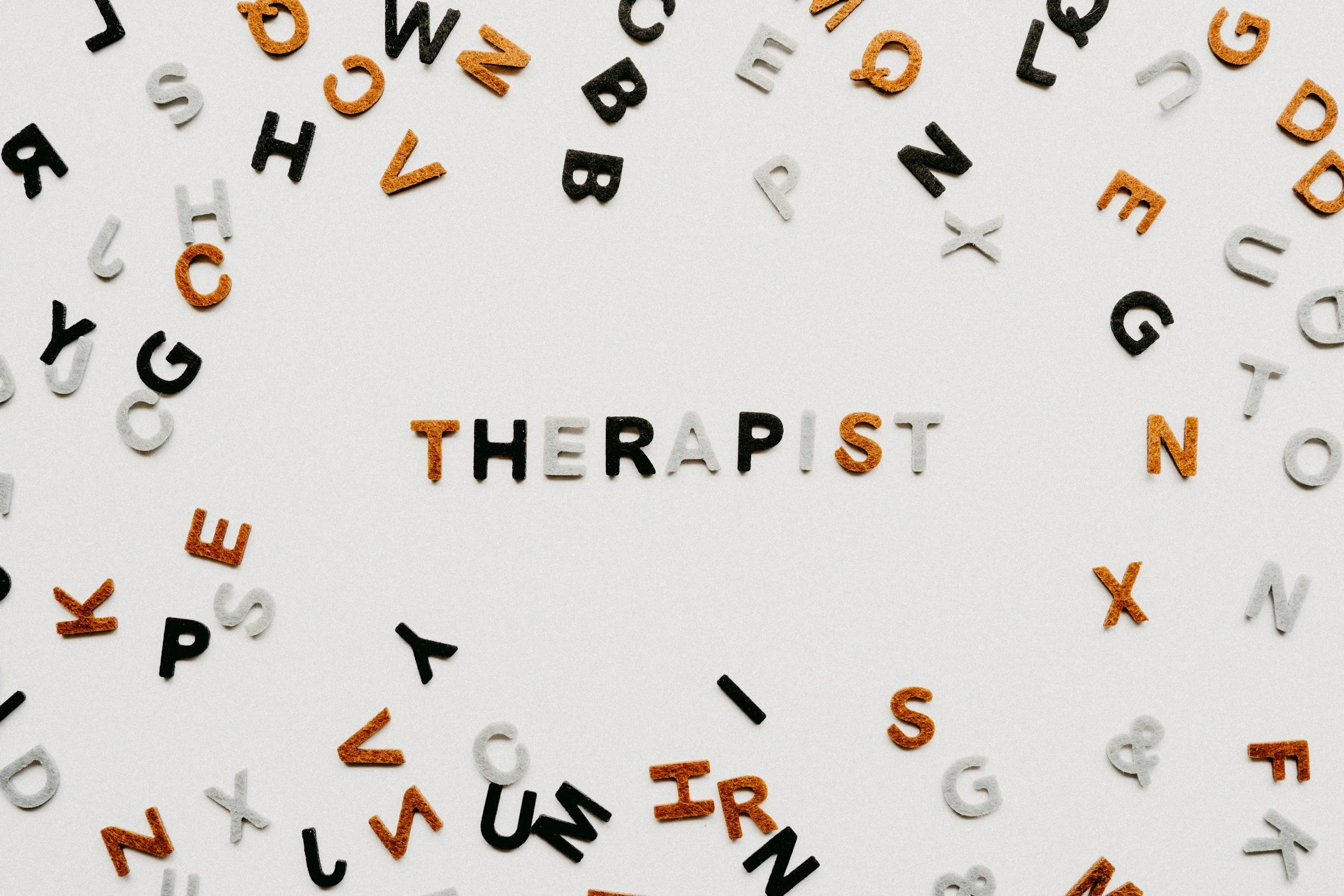Therapy For Chronic And Invisible Illness
As a therapist, my professional training taught me how to support people through life’s most painful moments. But it’s my personal life, living every day with chronic regional pain syndrome (CRPS), that taught me what it actually feels like to survive them.
I know what it’s like to wake up each morning and think, “How will I make it through today?” I know the exhaustion, the grief, and the weight of invisible suffering. I also know the way small victories - getting out of bed, making it to an appointment, finding a moment of peace - can feel like monumental wins.
Because I’ve lived this, I bring something to my work that no textbook can teach: first-hand empathy, lived credibility, and an intuitive sense of what helps a person keep going when the world can’t see their pain.
When I was starting my private practice, I asked myself two simple but life-changing questions:
Where can I show up with my full self?
Where does my lived experience matter just as much as my professional skill?
The answer came quickly: to work with people who have chronic, hidden, or mental illness. People whose pain the world often overlooks.
It wasn’t just logical. It was necessary. My own history of daily, embodied struggle meant I could sit with a client’s tears without flinching, hear the language of a body that’s been betrayed by itself, and, crucially, distinguish between suicidal intent and the anguished wish to escape relentless pain. Those distinctions shape how I assess risk, plan safety, and offer hope.
This work is deeply fulfilling to me because it allows me to practice:
Empathy that’s not theoretical. I’ve been both the client and the clinician. That changes how I listen, what I validate, and what I recommend.
A sharper clinical eye. Chronic and invisible pain changes how people think about living, coping, and meaning. I understand those shifts, and I can respond with nuance.
Satisfying, sustainable work. This niche lets me be creative while meeting people exactly where they are. Helping someone decide to wake up tomorrow, even in pain, is deeply rewarding.
And truthfully, there’s another layer to this: when I’m fully present with my clients, my own pain steps into the background. Holding space for their struggles often quiets my own.
How You Can Niche Based on Your Own Pain or Past
Here’s the truth: you were once, or maybe still are, your own target market.
And that’s not a liability. It’s a gift.
You have insider knowledge of what works, what doesn’t, and what’s missing.
Here’s a process to get clear:
Inventory your lived experiences. List the pains, losses, and obstacles you’ve faced. Be specific.
Name the unmet needs. What did you wish a therapist had offered? More flexibility? Safety planning? Someone who believed you?
Describe yourself as a client. Create a short persona: “I’m 34, exhausted from pain, embarrassed to ask for help, and I need coping tools that don’t rely on willpower.”
Test your own tools. Try the interventions, language, or pacing you’d offer to a client. Keep what works; refine what doesn’t.
Be clear about safety. If you work with high-risk populations, have strong protocols, boundaries and referral networks.
Use lived language. Speak in the words your clients actually use, not only in clinical terms.
Tell your story with care. Share enough to build trust, but keep the focus on your client’s needs.
Choosing to center people in pain is not a marketing angle, it’s a calling. I chose this audience because I am this audience.
I live what I teach.
I combine my clinical training with the lessons my own body has forced me to learn.
If you’re a therapist wondering how to niche down, consider looking at your own past. Treat it like a research lab. Design the therapy you once needed. Test it honestly. And above all, keep the humanity, not the label, at the center.
Because the most powerful work we do often comes from the pain we’ve survived.
If you’re living with chronic illness, whether you’re seeking therapy for yourself or clinical supervision that honors the realities of practicing while in pain, you don’t have to do it alone. I offer a space where your experience is understood, your needs are respected, and your work can still thrive.
Schedule your free consultation call today here and let’s explore how I can support you.


